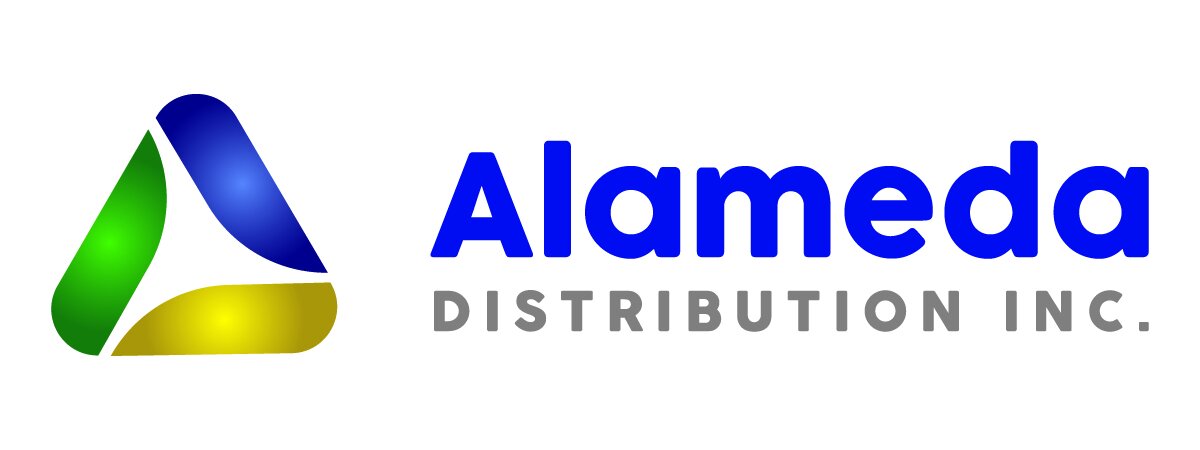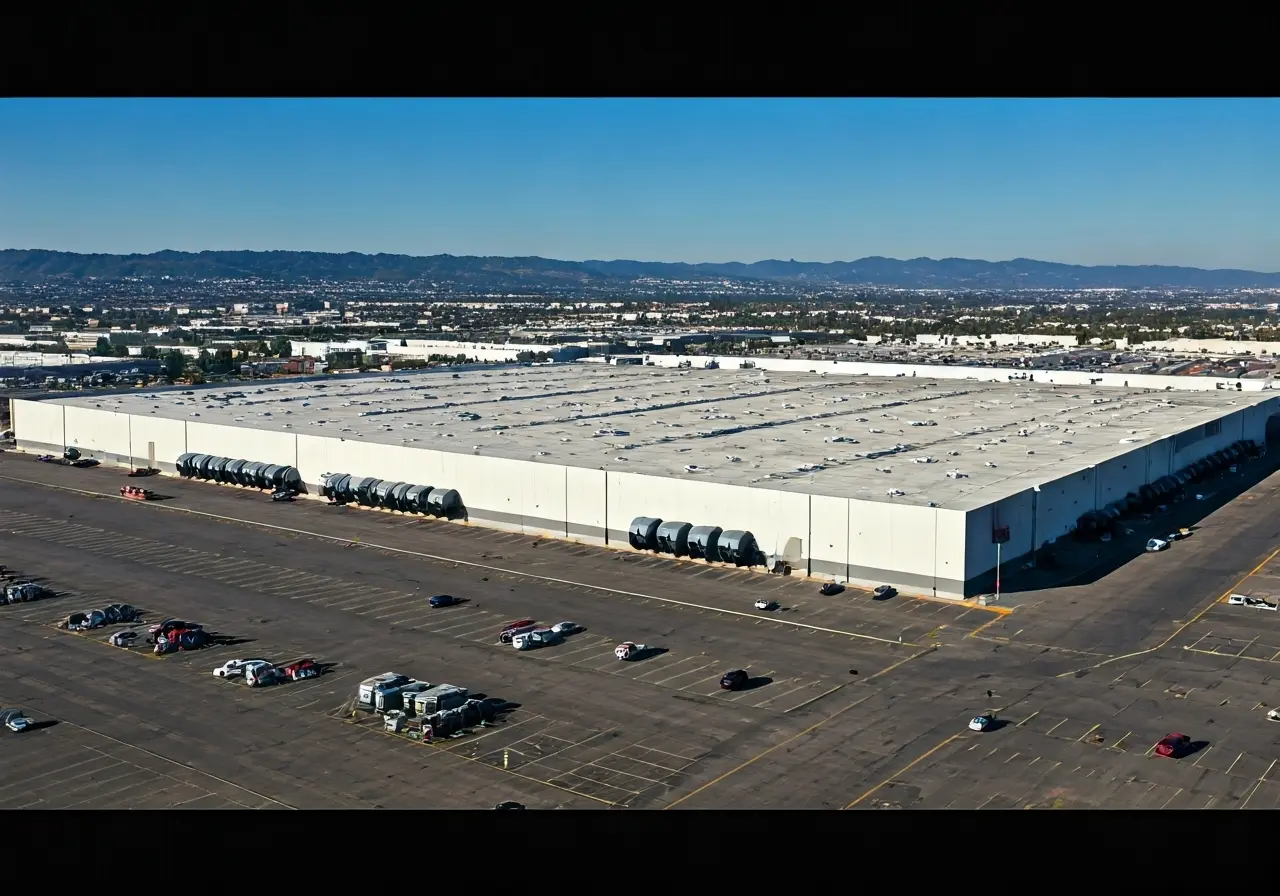Choosing the Right Distribution Center Los Angeles for Your Business Needs
Selecting the right distribution center in Los Angeles can significantly impact the success of your business. Whether you're a small start-up or a large corporation, understanding what to look for in a distribution center is crucial. In this blog, we'll explore the key factors to consider when choosing a distribution center in Los Angeles, ensuring you make the best choice for your business needs.
Understanding Your Business Requirements
Before selecting a distribution center, it's essential to clearly understand your business's specific requirements. Consider the volume of goods you need to store, the nature of your products, and the services you require. This knowledge will guide you in choosing a facility that caters to your unique needs.
For instance, if your business handles perishable items, seeking a distribution center with refrigerated storage is paramount. In contrast, if you manage high-security items, ensure the facility has stringent security measures, such as surveillance cameras and alarm systems. By understanding your business’s nuances, you can pinpoint a distribution center that aligns perfectly with your operational goals.
Location and Accessibility
The location of a distribution center can influence the efficiency of your operations. A well-situated center in Los Angeles can provide easy access to major transport routes and key markets. Assessing proximity to your customers and suppliers can help reduce transportation costs and delivery times.
Choosing a distribution center along major highways or near an airport not only expedites the delivery process but also enhances supply chain reliability. Port of Los Angeles is a crucial node for import-export businesses, and proximity can streamline international trade operations. Additionally, accessibility to local public transportation can be beneficial for labor force commuting, reducing tardiness and absenteeism.
Moreover, understanding local traffic patterns and congestion times can aid in selecting the most efficient location. During peak hours, consider a location that allows your vehicles to take alternate routes to avoid traffic jams. Ultimately, the ideal site should align with both logistical demands and cost efficiency, ensuring goods are delivered swiftly and reliably.
Evaluating Facility Features and Capacity
A thorough evaluation of the facility's features and capacity is necessary to ensure it meets your demands. Consider the storage solutions available, security measures in place, and the technology systems integrated within the center. A facility that offers scalable solutions can accommodate your business's growth.
In today's tech-driven world, being equipped with warehouse management systems is a pivotal feature that can streamline operations significantly. These systems ensure real-time inventory tracking, automate workflows, and improve data accuracy. Businesses aiming for growth should also look for facilities with flexible capacity options, allowing for seasonal fluctuations or unexpected demand surges. By opting for a center with room to expand, you ensure that your business operations remain unhindered as you scale.
Consider taking a tour of the facility. This allows for a first-hand assessment of its layout, equipment condition, and overall cleanliness. Speaking with current tenants can provide valuable insights into the facility's management and responsiveness. Remember, a good distribution center is more than just storage—it's a partner in your success.
Cost Considerations and Budgeting
Understanding the cost structure is crucial when choosing a distribution center. This includes rental costs, additional service fees, and potential hidden expenses. Establishing a budget that aligns with your financial capacity is important, ensuring that your investment translates into profitable returns.
It's wise to conduct a cost-benefit analysis to understand the real value the distribution center offers. Consider all possible expenses, including utilities, taxes, and insurance. Some facilities might charge additional fees for specialized services like climate control, security, or technological equipment. Transparent communication with the facility's management is key to understanding the full scope of costs. Additionally, inquire about flexible leasing options or discounted rates for longer contract commitments. Aligning financial outlays with operational benefits reinforces a cost-effective partnership.
Beyond immediate costs, evaluating long-term financial implications is critical. Will the facility support your business as it grows and evolves? Consider not just today's requirements but anticipated future needs. Balancing current costs with potential future savings will ensure the distribution center remains a beneficial asset to your business in the years to come.
Making the Right Choice for Your Business Success
Choosing the right distribution center in Los Angeles is a vital step in optimizing your business operations. By assessing your business needs, considering location and accessibility, evaluating facilities, and understanding the costs, you can make an informed decision that aligns with your strategic goals. Remember, the right distribution center not only supports your current demands but can also grow with your business over time. For further assistance and inquiries, you can always visit Alameda Distribution Inc.

